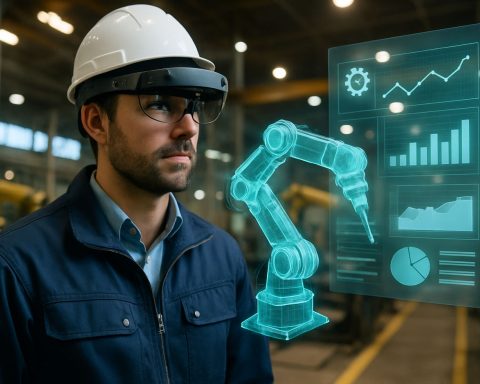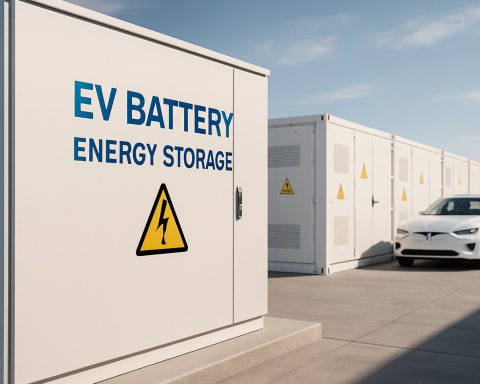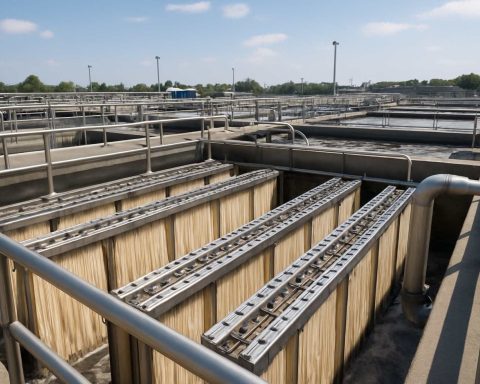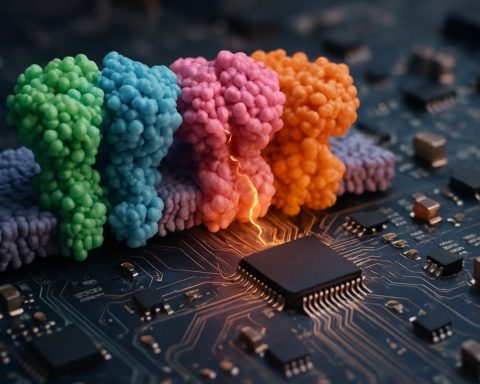- Molten salt reactors (MSRs) are gaining attention due to their efficiency and safety features, operating at higher temperatures and lower pressures compared to conventional reactors.
- MSRs have the potential to utilize thorium, a more abundant and less hazardous fuel source than uranium.
- Countries like China and the United States are investing in MSR technology to meet energy demands while reducing carbon emissions.
- MSRs offer environmental benefits by producing less long-lived radioactive waste.
- The technology’s inherent safety features, such as resistance to meltdown, make it a promising candidate for future clean energy solutions.
- MSRs could play a pivotal role in addressing climate change by providing sustainable energy options.
The energy industry is undergoing rapid transformation, and one technology is making waves: the molten salt reactor (MSR). Originally conceptualized in the mid-20th century, MSRs are set for a resurgence, driven by the demand for cleaner and more sustainable power generation methods.
MSRs are a type of advanced nuclear reactor that uses molten salt to transfer heat, rather than the traditional water. This technology, unlike conventional reactors, operates at higher temperatures and lower pressures, enhancing safety and efficiency. The renewed interest in MSRs is largely fueled by their potential to utilize thorium—a more abundant and potentially less hazardous alternative to uranium—as a fuel source.
Countries like China and the United States are investing heavily in this technology as they seek ways to meet global energy needs while reducing carbon emissions. The inherent safety features of MSRs, such as their inability to melt down due to their high operating temperatures, make them attractive options for the future of clean energy. Furthermore, MSRs produce significantly less long-lived radioactive waste compared to traditional reactors, making them an environmentally friendly choice.
In the context of climate change and an urgent need for sustainable energy solutions, the resurgence of molten salt reactors represents a promising development. As research and pilot projects advance, MSRs could soon reshape the nuclear energy landscape, providing a more adaptable and greener path forward.
The Future of Energy: How Molten Salt Reactors Could Revolutionize Clean Power
Overview
The energy landscape is changing rapidly, with molten salt reactors (MSRs) at the forefront of this transformation. These advanced nuclear reactors are reviving interest worldwide due to their intriguing potential to offer a safer, more sustainable, and eco-friendly approach to energy generation. Here’s what you need to know about this promising technology.
What are the Pros and Cons of Molten Salt Reactors?
Pros:
– Enhanced Safety: MSRs operate at lower pressures and higher temperatures, reducing the risk of catastrophic failure.
– Sustainable Fuel Source: The use of thorium as a fuel is a significant advantage due to its abundance and lower radioactivity compared to uranium.
– Reduced Waste: MSRs generate less long-lived radioactive waste, addressing one of the critical environmental concerns about nuclear energy.
Cons:
– Development Costs: High initial investment required for research and development is a barrier.
– Technological Maturity: MSRs are still in the experimental stages, with few operational plants.
– Regulatory Challenges: The development and implementation of new regulatory frameworks are necessary for large-scale deployment.
How are Molten Salt Reactors Impacting Market Forecasts?
The global energy market is set for a shift as MSR technologies mature. Countries are expected to increase investments in nuclear R&D, predicting significant market growth in the advanced nuclear sector. Analysts foresee that by 2030, the MSR market could capture a considerable share of the nuclear energy sector, driven by the increasing demand for sustainable power solutions.
World Nuclear Association
What Innovations Are Fueling the Rise of Molten Salt Reactors?
The resurgence of interest in MSRs can be attributed to multiple technological innovations:
– Advanced Materials: Development of new materials capable of withstanding high temperatures and corrosion.
– Fluid Fuel Concept: Using liquid fuels enhances the MSR’s efficiency and allows for continuous refueling without shutdowns.
– AI Integration: AI and machine learning are being integrated to enhance the reactor’s safety features and operational efficiency.
U.S. Department of Energy
Related Links
– International Atomic Energy Agency
By addressing these crucial aspects, MSRs hold the potential to redefine how we produce clean and sustainable energy, promising a greener future for the planet. As interest grows and technology evolves, the energy industry may be on the cusp of a significant breakthrough. Stay informed on how these innovations could soon be powering the world.











